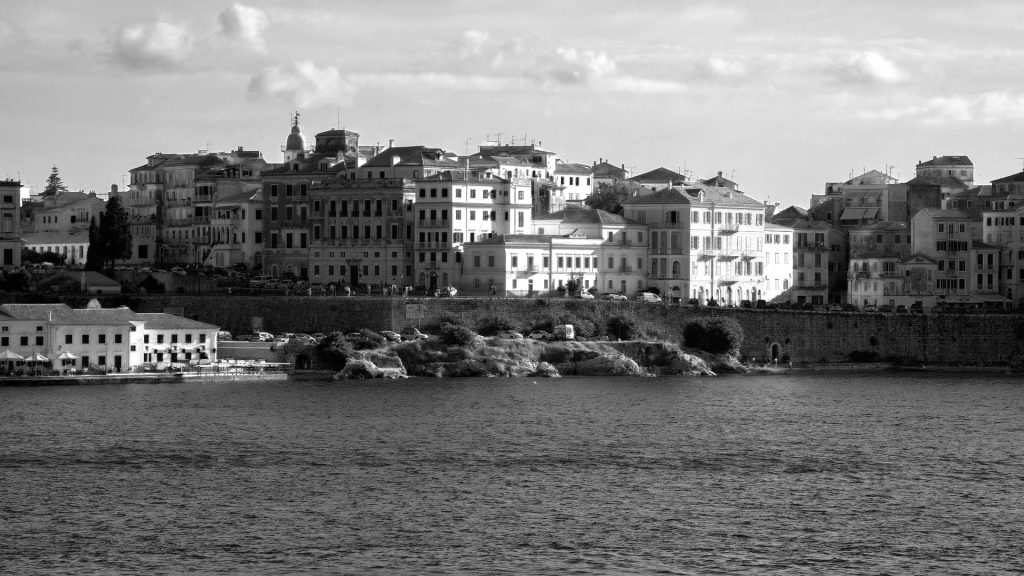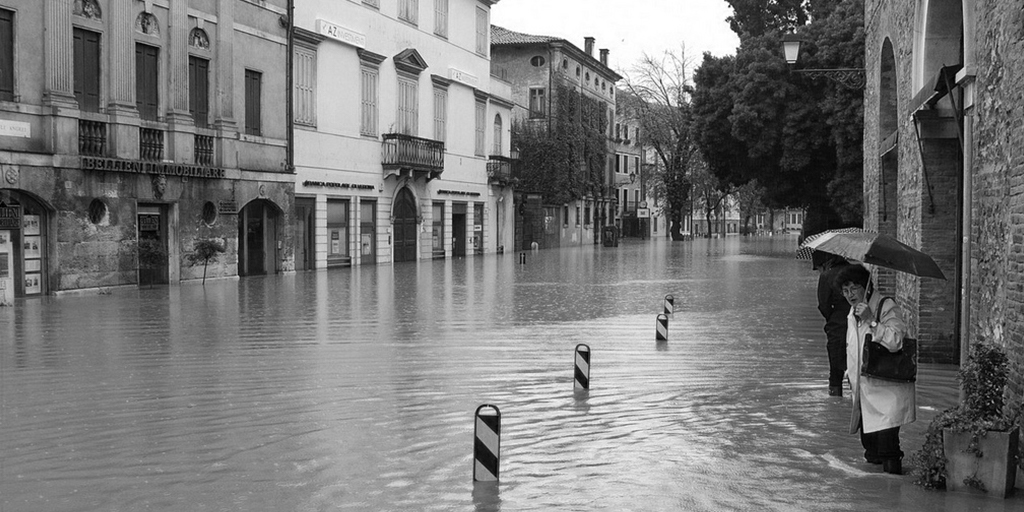
The XR4DRAMA project is driven by two pilot use cases: The first one focuses on disaster management, the second one is about media production planning. The two user partners, Alto Adriatico Water Authority (AAWA, Italy) and Deutsche Welle (DW, Germany), have spent the first months of the project to specify the use cases and define user requirements.
The disaster management use case

The first use case focuses on a scenario where clear and comprehensive information is vital: the management of a (natural) disaster. AAWA is an institution that is – among other things – responsible for flood prevention, management, and mitigation.
In XR4DRAMA, the focus is on on Vicenza, a city located in north-eastern Italy. The city is situated at the confluence of no less than four rivers and has experienced severe flooding in the past. Due to this risk level, city officials and AAWA have already developed alert systems, advanced emergency action plans, and programs for civil protection volunteers. However, managing emergencies remains highly challenging, especially when it has to be done from a distant control room where there’s relatively little awareness of the current circumstances in the disaster area. AAWA’s main purpose in XR4DRAMA is therefore to set up a system that supports disaster managers in remote locatations with first responders in the field.
The pilot is split into two operational phases: The preparation for a potential crisis – and the time during the emergency.
The pre-emergency phase begins with an official warning that informs about an alarming rise of water levels. At this point, the staff inside the control room should be able to access various relevant information through the XR4DRAMA system. This information includes map data, satellite images as well as water level reports and delivers a comprehensive overview of the situation. This will allow the management team to initiate first measures to minimize the impact of the upcoming disaster.
During the emergency itself, the team in the control room depends on information from the field, either reported by first responders or by citizens on-site. This information will be communicated through an XR4DRAMA mobile app. It undergoes automated textual, visual and audio analysis to provide a new information layer in the XR4DRAMA system. This layer, in conjunction with AR and VR technology will improve situation awareness for disaster managers and help them make the right call from their positions. In addition, the control room staff will be able to assign tasks and monitor their execution in real time. The project will also use sensors that allow managers to continuously assess the physical status of first responders and potential risks to their wellbeing.
The main purpose of the XR4DRAMA system is therefore to support disaster managers who are working from remote positions and to connect them with the first responders in the field. The whole scenario is split into two operational phases: the preparation for a potential crisis and the time during the emergency.
The pre-emergency phase begins with an official warning that informs about an alarming rise of water levels. At this point, the staff inside the control room should be able to access various relevant information through the XR4DRAMA system. This information includes map data, satellite images and water level reports and delivers a comprehensive overview of the situation. This will allow the management team to initiate first measures to minimise the fallout of the upcoming disaster.
During the emergency itself, the team in the control room depends on information from the field, either reported by first responders or by citizens on-site. This information is supposed to be communicated through the XR4DRAMA mobile app. It undergoes automated textual, visual and audio analysis to provide a new information layer in the XR4DRAMA system. Together with this layer visualisations in virtual and augmented reality improve situation awareness for disaster managers and help them to make the right decisions consciously and efficiently even from their remote position. Additionally, the control room staff is able to assign tasks and to monitor their execution in real time. Furthermore, the project uses physiological and environmental sensors to allow the management to continuously assess the physical status of first responders and potential risks for their wellbeing.
The media production planning use case

The second use case isn’t concerned with matters of life and death – but that doesn’t make it less interesting. Media production management is a complex process that can always be improved. For example when it comes to planning and preparations – which can be quite difficult when managers have not visited and experienced a designated shooting location. Their lack of grasping the conditions on-site is likely to bring down production quality.
In order to find out how situation awareness, digital models, multimodal data and XR renderings can improve film making, DW and its partners will enlist the XR4DRAMA system in the production of a (fictitious) documentary about the Old Town of Corfu, a UNESCO World Heritage site since 2007.
Throughout the centuries, the island was ruled by various powers and often subject to unrest and war. Large fortifications and ancient ruins bear witness to this – and make perfect 3D models. The documentary intends to cover the changeful history of the island as well as the life of its inhabitants today.
The media production planning workflow will be split into three steps.
DW and the consortium will start by using the XR4DRAMA system to receive basic information about the shooting location. The results of these automated queries are then analysed, organised and presented on a screen.
In a second step, the production management assigns a location scout to further investigate. Their task is to verify, adjust and add information such as images, videos and audio recordings. Once processed by the system, this data will give the (remote) production staff a better overview and feeling for the location.
In a third and final phase the XR4DRAMA system will display more sophisticated immersive environments and also simulate camera movements, shot angles and various lighting conditions. The remote production management team will thus be able to make exceedingly informed decisions with regard to cinematography, logistics, and so on. In the end, XR4DRAMA should have a significant impact on saving resources, optimizing the productions and boosting the creative outcome.
Both in the case of disaster management and media production planning it will be interesting to see how professional users deal with digital models, extra data, and immersive environments – and how all of this improves situation awareness and the quality of their work. We’ll keep you posted!
Photos by
giem36 via Pixabay
Erroscia, CC BY-SA 3.0, via Wikimedia Commons
Martin Falbisoner, CC BY-SA 4.0, via Wikimedia Commons
